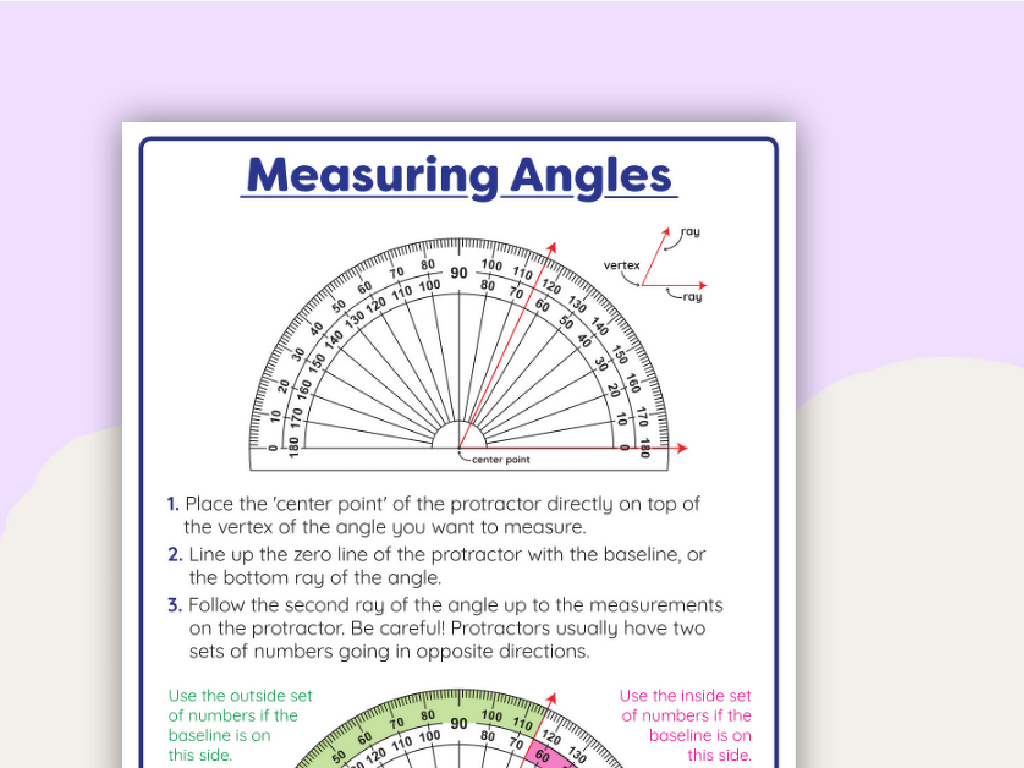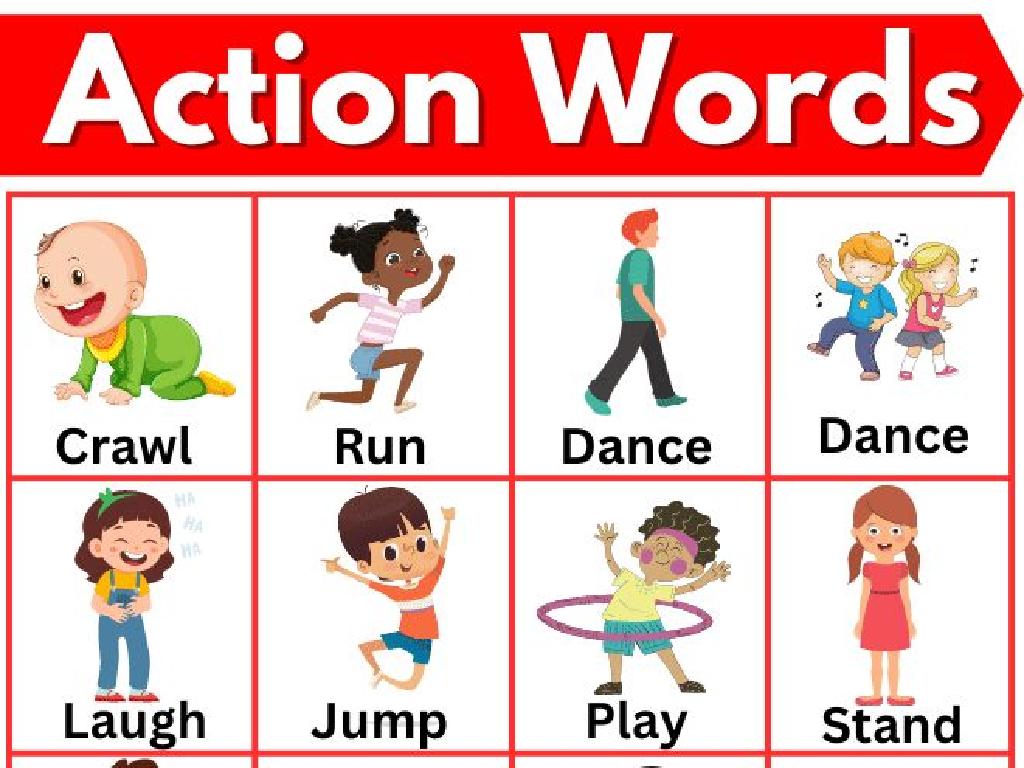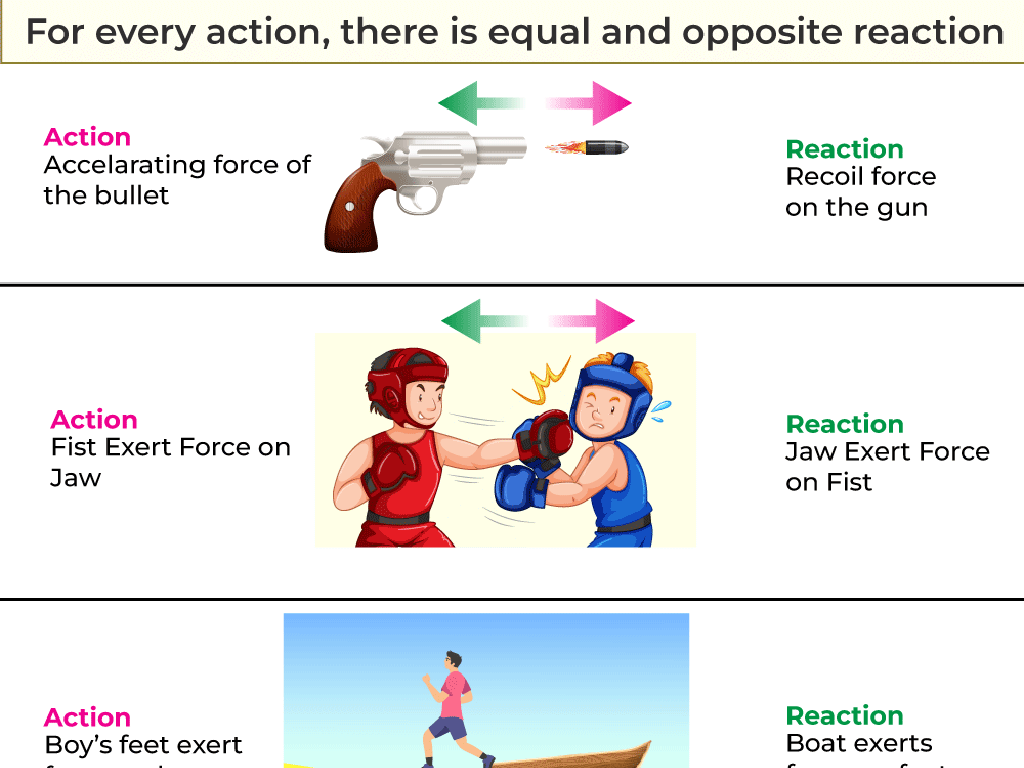What Affects Traits? Use Observations To Support A Hypothesis
Subject: Science
Grade: Fourth grade
Topic: Traits And Heredity
Please LOG IN to download the presentation. Access is available to registered users only.
View More Content
Today’s Adventure: What Affects Traits?
– We are all unique individuals
– Traits make us who we are
– Traits include hair color, height, and more
– Factors influencing our traits
– Genetics and environment shape traits
– Forming a hypothesis on traits
– Use observations to guess trait influences
|
This slide introduces the concept of traits and heredity to fourth-grade students. Begin by discussing the uniqueness of each individual, emphasizing that our traits make us who we are. Explain that traits can be physical, like hair color and height, or behavioral. Discuss how both genetics (what we inherit from our parents) and the environment (where and how we live) play a role in shaping these traits. Encourage students to think about what they believe affects their traits and to form a hypothesis based on their observations. This will set the stage for further exploration and learning about genetics and environmental factors in subsequent lessons.
Exploring Traits and Heredity
– Traits: features passed down
– Characteristics inherited from parents
– Examples: eye color, leaf shape
– Human traits: eye/hair color; Plant traits: leaf shape
– Traits make us unique
– Observations support hypotheses
– Use evidence from traits to form scientific guesses
|
This slide introduces the concept of traits to fourth-grade students, explaining that traits are characteristics inherited from parents to offspring. Use everyday examples like eye color in humans or leaf shape in plants to make the concept relatable. Emphasize the uniqueness of each individual due to their specific combination of traits. Encourage students to think about how they can observe traits in their surroundings and use those observations to support or form hypotheses, laying the groundwork for understanding scientific inquiry and the nature of heredity.
Observing Traits Around Us
– Observe classmates’ traits
– Notice hair color, height, eye color, etc.
– Compare similarities and differences
– Who has similar traits? What traits vary?
– Activity: List three observed traits
– Write traits like curly hair, glasses, or freckles
|
This slide initiates a class activity focused on observing and understanding traits. Encourage the students to look around and notice various traits of their classmates, such as hair color, height, and eye color. Ask them to think about how these traits are similar or different among each other. For the activity, each student should write down three traits they observe. This exercise will help them understand variation and support the concept of heredity. As a teacher, prepare to guide the discussion, ensuring a respectful and inclusive environment. Possible activities could include creating a chart of observed traits, discussing dominant and recessive traits, or even a simple game to group similar traits together.
Heredity: Passing Down Traits
– Heredity explained
– Heredity is the process of passing traits from parents to children.
– Inherited vs. acquired traits
– Eye color is inherited, reading skills are acquired.
– Draw a family tree
– Use a family tree to visualize heredity.
– Observe traits in your family
– Look for similarities in your family’s appearance or abilities.
|
This slide introduces the concept of heredity to fourth-grade students, explaining how certain traits are passed from parents to their children. It distinguishes between inherited traits, like eye color, which are passed down genetically, and acquired traits, like the ability to read, which are learned or developed over time. To make this concept more tangible, students will draw a simple family tree to visualize the hereditary connections. Encourage students to think about their own families and the traits they share. This activity will help them understand heredity in a personal and relatable way, and prepare them to use observations to support hypotheses about how traits are passed down in families.
Genes and DNA: The Blueprint of Life
– Genes: Instructions for traits
– Traits like hair color are coded in genes
– DNA: Strands holding genes
– DNA is like a twisted ladder full of genetic info
– All living things have DNA
– From ants to trees, DNA is universal
– DNA’s role in diversity
– DNA variations make us all unique
|
This slide introduces the concept of genes and DNA to fourth-grade students, explaining that genes are like instructions that determine our traits, such as eye color or height. DNA, which stands for deoxyribonucleic acid, is the material that carries these instructions. It’s important to highlight that every living organism, no matter how big or small, contains DNA. This is what makes life so diverse and interesting. Encourage students to think about how different traits are visible in various living things around them and how these traits are passed down from parents to offspring. This will set the stage for discussing heredity and the role of DNA in inheritance.
Environmental Influences on Traits
– Traits not only inherited
– Environment affects traits too
– Some traits change with different conditions like climate or diet
– Examples: Sunlight and nutrition
– Plants need sunlight to grow; animals need proper nutrition to develop
– Think-Pair-Share activity
– Discuss with a partner about traits that environment might change
|
This slide introduces the concept that not all traits are strictly inherited but can also be influenced by environmental factors. Use examples like how plants require sunlight to grow and how nutrition can affect an animal’s development to illustrate this point. Encourage students to engage in a Think-Pair-Share activity where they discuss with a classmate an example of a trait that can be influenced by the environment. This activity promotes critical thinking and understanding of the relationship between heredity and the environment. As a teacher, facilitate the discussion by providing guidance and ensuring each student participates in the conversation.
Supporting Hypotheses with Observations
– What is a hypothesis?
– A hypothesis is a smart guess based on what we know
– Observations help test hypotheses
– Example: Sunlight affects plant growth
– Hypothesis: ‘More sunlight, taller plants’
– Measuring plant height
– Observe and record heights in varied light
|
This slide introduces the concept of a hypothesis and how observations are used to support or challenge it. A hypothesis is an educated guess that we can test through experiments and observation. For example, if we think that plants need sunlight to grow, we can test this by growing plants in different amounts of light and observing the results. Students should understand that a hypothesis is not just a random guess; it’s based on prior knowledge and logical reasoning. The example provided will help students grasp how to apply this method to real-life situations. Encourage them to think of other examples where they can make hypotheses about everyday observations.
Class Activity: Trait Investigators
– Observe classroom plant traits
– Create a hypothesis on a trait
– Why do you think a plant has a certain trait? Is it light, water, or something else?
– Discuss testing the hypothesis
– Think of ways we can observe changes over time to test your ideas.
– Record observations & conclusions
|
This activity is designed to engage students with hands-on learning about traits and heredity. Divide the class into small groups and assign each group a plant in the classroom. Students will observe various traits of the plants, such as leaf color, shape, or size. They will then use their observations to form a hypothesis about what might affect one of the traits they’ve observed. Facilitate a discussion on how they could test their hypothesis through further observation, such as altering water levels, changing the plant’s position relative to light, or introducing nutrients. Encourage each group to record their observations, methods, and any changes they notice over time to draw conclusions. This will help them understand the scientific method and the factors that can influence traits in living organisms.
Conclusion and Reflection on Traits
– Traits influenced by heredity & environment
– Observations deepen understanding
– Share a learned fact
– Think of one thing about traits that you found interesting
– Ask a remaining question
– What are you curious about after today’s lesson?
|
As we wrap up today’s lesson, it’s important to reflect on the key concepts we’ve explored. We’ve learned that traits are not solely determined by heredity; the environment also plays a significant role. By making and discussing observations, students enhance their comprehension of how traits are affected. Encourage each student to share one new thing they’ve learned about traits and heredity, and to voice a question they still have. This will help consolidate their learning and spark curiosity for further exploration. Use this opportunity to assess understanding and to encourage critical thinking.






